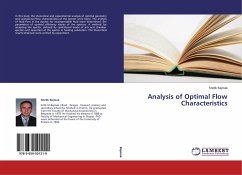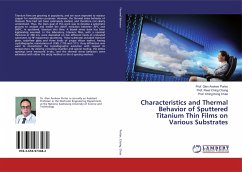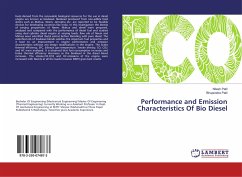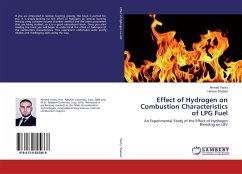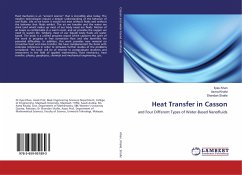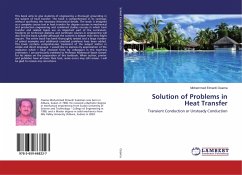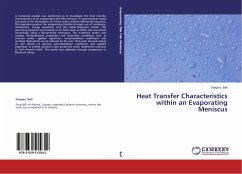
Heat Transfer Characteristics within an Evaporating Meniscus
Versandkostenfrei!
Versandfertig in 6-10 Tagen
41,99 €
inkl. MwSt.

PAYBACK Punkte
21 °P sammeln!
A numerical analysis was performed as to investigate the heat transfer characteristics of an evaporating thin-film meniscus. A mathematical model was used in the formulation of a third order ordinary differential equation. This equation governs the evaporating thinfilm through use of continuity, momentum, energy equations and the Kelvin-Clapeyron model. This governing equation was treated as an initial value problem and was solved numerically using a Runge-Kutta technique. The numerical model uses varying thermophysical properties and boundary conditions such as channel width, applied superhea...
A numerical analysis was performed as to investigate the heat transfer characteristics of an evaporating thin-film meniscus. A mathematical model was used in the formulation of a third order ordinary differential equation. This equation governs the evaporating thinfilm through use of continuity, momentum, energy equations and the Kelvin-Clapeyron model. This governing equation was treated as an initial value problem and was solved numerically using a Runge-Kutta technique. The numerical model uses varying thermophysical properties and boundary conditions such as channel width, applied superheat, accommodation coefficient and working fluid which can be tailored by the user. This work focused mainly on the effects of altering accommodation coefficient and applied superheat. A unified solution is also presented which models the meniscus to half channel width. The model was validated through comparison to literature values.



